I’m proud to have studied art at the Minneapolis College of Art and Design adjacent to The Minneapolis Institute of Art Museum where I spent countless hours studying the beautiful depth of colors and techniques of greatness past. I loved art history classes, where we learned the difference between the various periods, styles, and genres of art. I always loved the high renaissance and I've spent many hours analyzing the difference between the Baroque (and later rococo styles) that evolved out of that period.
People often ask me, what’s the difference between the two, and how does that difference inform my art?
THE HISTORY
The Baroque period spans from about 1590 to about 1725. It was a time of change. The Catholic Church needed a movement that would regain mindshare from the emergent Protestant Church. The aristocracy, facing a period of uncertainty and change, they wanted an art style that would project triumph, power, and control.
Rococo was developed developed in the early 18th century in Paris, France as a reaction against the grandeur, symmetry, and strict regulations of the previous Baroque style. I feel that my style is very much the romanticism of the Rococo style, scenes that depicts love and amorous encounters. To me, Baroque tells the story of things, rococo tells the story of people.
THE DRAMA
Drama is the secret ingredient of rococo art. Rococo artists were also storytellers, they used visual arts to create human connections. They cracked a key secret of art: art is a narrative, and narrative is art. Early styles “depicted” scenes, Baroque brought them to life. When “Aeneas Flees Burning Troy,” you feel for Aeneas, you feel for Troy, and you can almost feel the flames of the city.
A mural or painting is a significant investment. I like the rococo style because it allows me to match the narrative, emotion, and personality of a scene to the narrative, emotion, and personality I see in my clients.
THE SCIENCE
When Johannes Vermeer wasn’t painting girls with pearl earrings, he was inventing three point lighting, the same robust and shadowed technique that can be seen today, from youtube videos, to advertisements, to Oscar winning movies. Claude Lorrain and his rival engravers competed to find the best ways to etch their designs into soft metal. The period went hand in glove with the ideals of the enlightenment. Artist merged aesthetic principles with scientific ones, to the mutual advancement of both.
When creating my works, I always consider the technical elements of composition, color, and integration with a space. Then I make sure that those “rules” serve the part of art that is vital and human.
THE BEAUTY
I could espouse on the cerebral joys and empirical necessity of rococo art all day long, but art, like all things, comes down to the simple truth that I like it, I find it beautiful, and it has inspired me to strive for beauty, elegance, and truth in my own life and work. The rococo period is generally associated with the 18th century, but I work to keep its lessons, developments, works, and beauty alive to this day.




